100th Season for Memorial Stadium
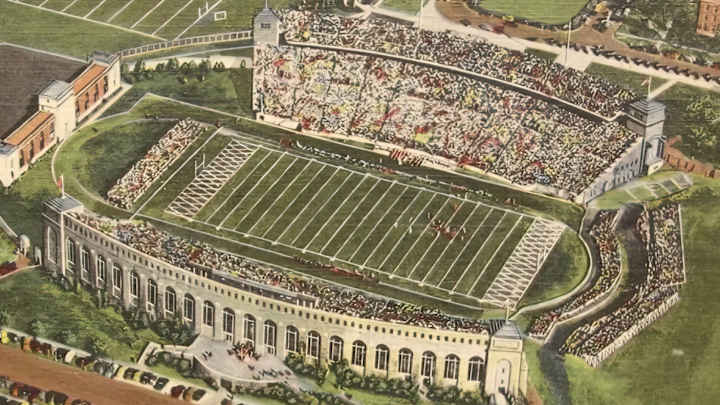
This will be the 100th season of Nebraska football in Memorial Stadium. To mark the occasion, we will recap some of the venue’s more memorable games. (There are 581 to choose from: 426 wins, 142 losses and 13 ties.) We’ll also run down a slew of stadium milestones and records.
But first, let’s look at how the stadium came to be, a fitting endeavor on Memorial Day weekend.
All-conference end Roscoe "Dusty" Rhodes was Nebraska’s captain-elect when he joined the Army in April 1918. The United States had just entered World War I, and his division was quickly sent overseas. On Nov. 27 - the day before the Huskers’ highly anticipated Thanksgiving Day game against Notre Dame - word was received that Sgt. Rhodes had been killed in action in France on Oct. 25.

Rhodes’ sacrifice resonated on campus. With fervor rising for improved athletic facilities, the N Club proposed in 1919 that a gymnasium or playing field be named in his memory. The following year, a massive gymnasium-stadium project was proposed. Called the Nebraska Soldiers and Sailors Memorial, it would honor all 751 of the state’s war dead, not just Rhodes. Fundraising fell far short, however, and the project never got beyond the planning stages.
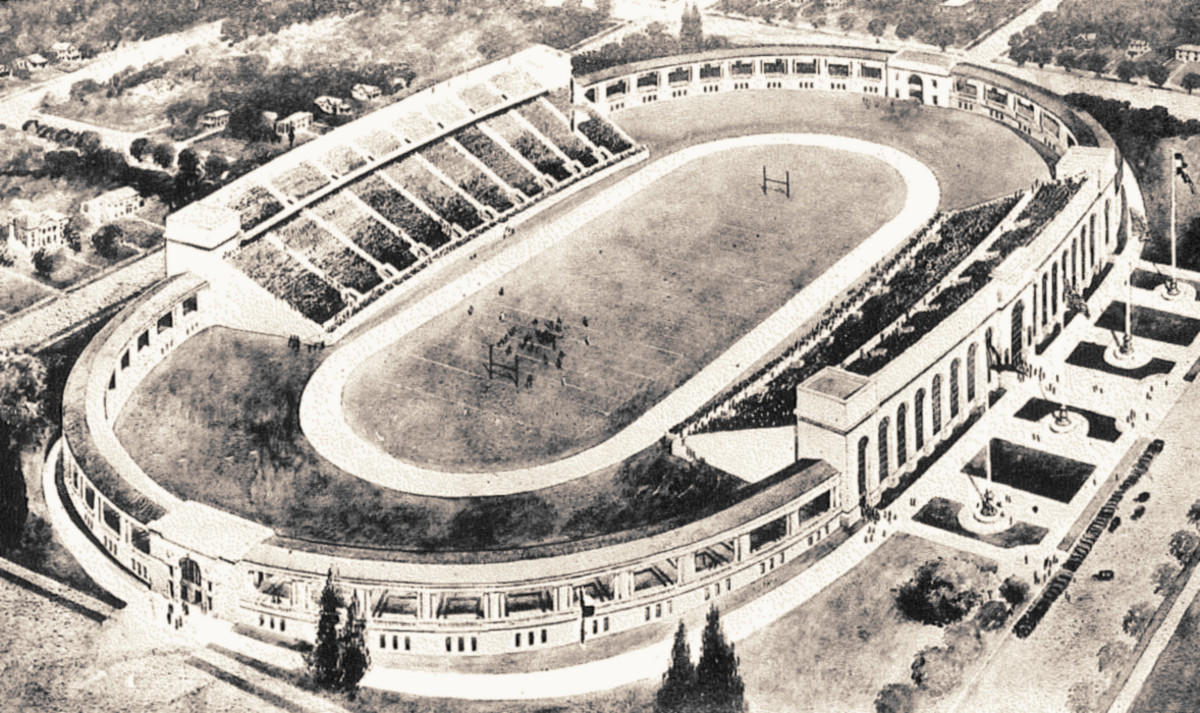
In its place in 1922 came a less ambitious and more affordable plan for a football stadium only. It would honor Nebraska’s war dead and provide Cornhusker football and its fans a more stately and spacious venue than old Nebraska Field could offer.
It would also be a source of prestige for a program eager to elevate is stature on the national stage. The architects’ design is shown in the illustration above.
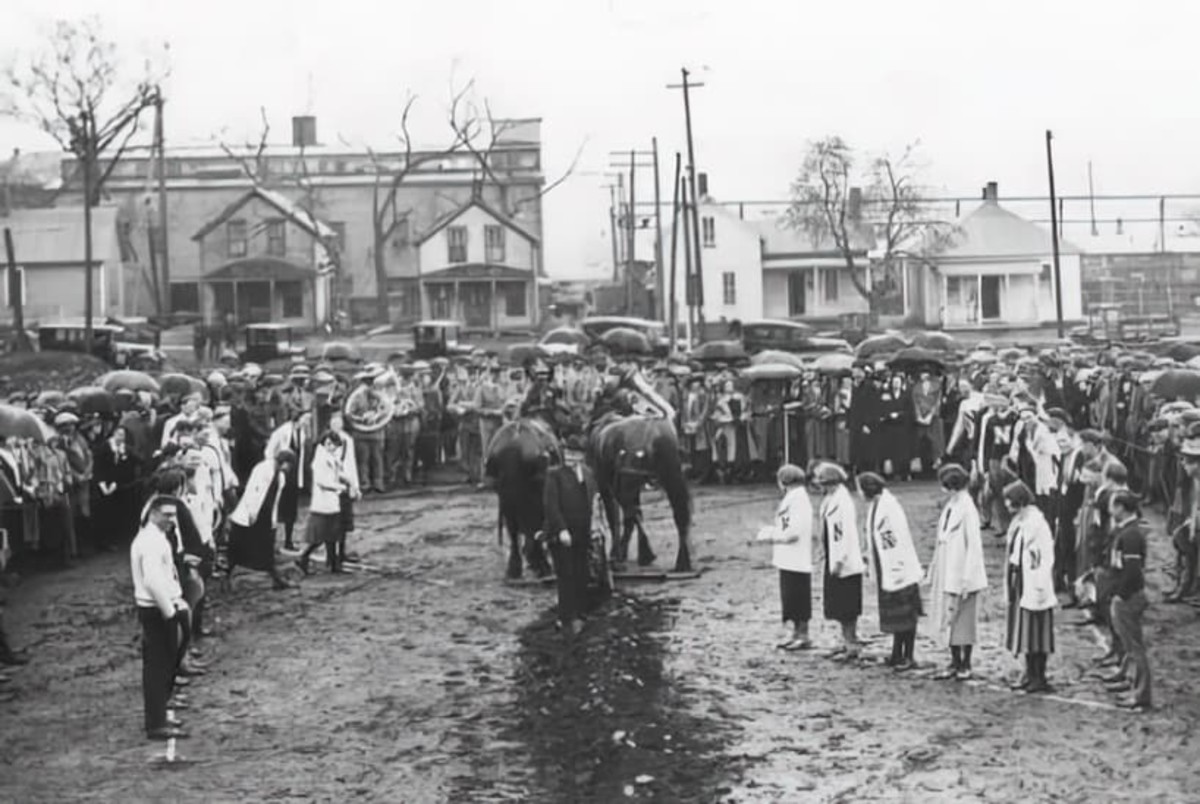
This time, fundraising was a greater success. Students received pep rally-style pitches to do their part, and campaigns targeted alumni across the state.
Well before the $430,000 target had been met, ground was broken on a drizzly day in late April of 1923. Chancellor Samuel Avery did the honors with a horse-drawn plow after “throwing the reins over his shoulder in the manner of a real dirt farmer,” as the Lincoln Star described it.
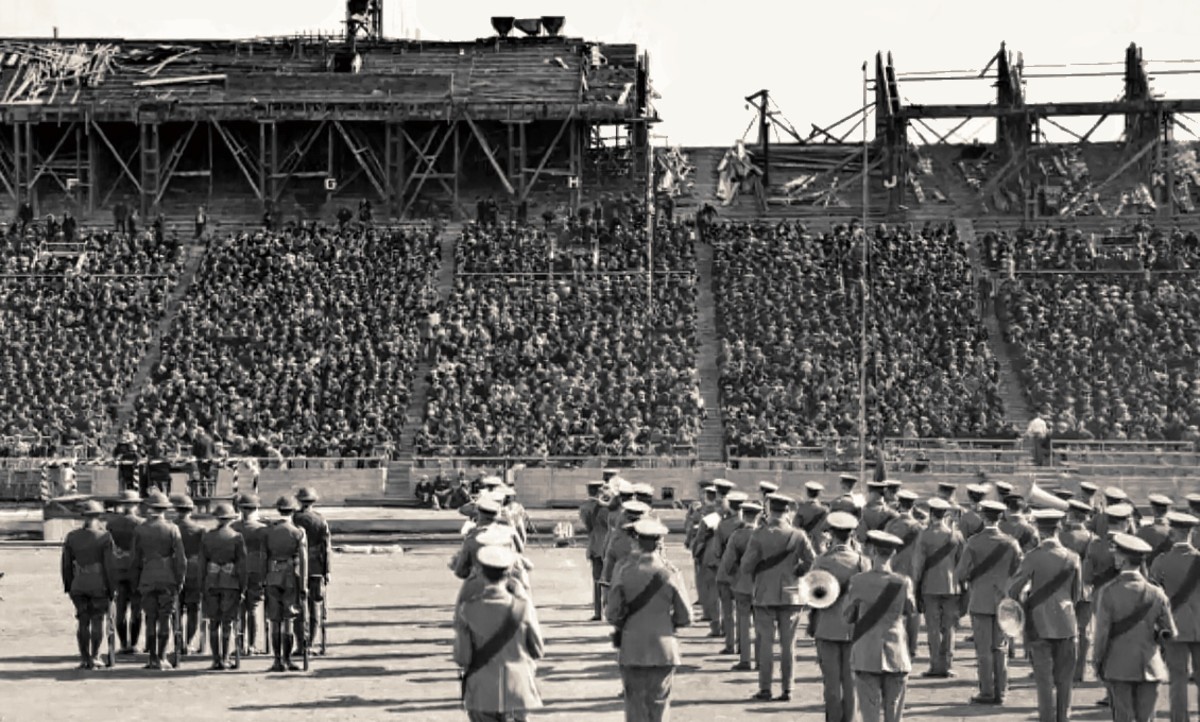
Incredibly, Memorial Stadium hosted its first two games less than six months later despite weather-related construction challenges. A dirt field would have to do for now. Work continued on the upper sections of the stadium, as shown in the photo above from the stadium dedication ceremony.
Even when the finishing touches were complete in 1924, there were no oval ends as originally intended. Construction costs were higher than expected, and they would never be built.
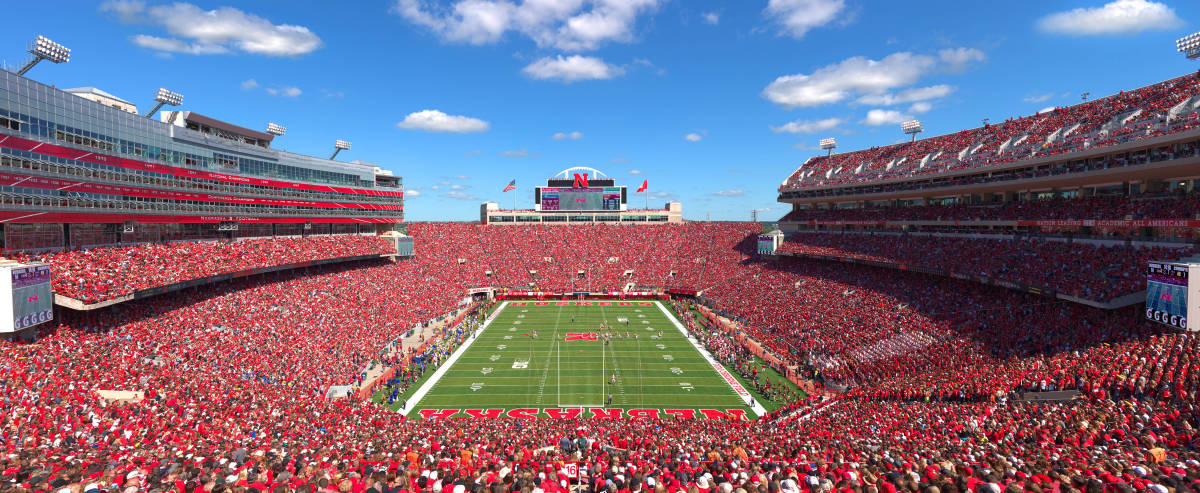
Several decades later, though, the football program’s success would generate both the demand and the financial fuel for a series of expansions that nearly tripled the original 31,000 capacity.
With its exterior façades, elevators, video boards, luxury boxes, artificial turf and countless amenities, today’s Memorial Stadium would be unrecognizable to fans from a century ago. But chances are they’d admit the “Old Gray Lady” is looking mighty fine on the cusp of her 100th season.
